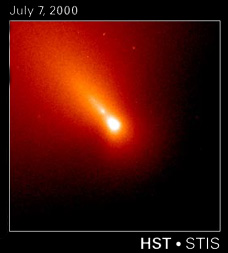This image shows Comet Linear brightening when it blew off part of its crust. Clicking on this image will show you the Hubble Space Telescope's chronicle of the outburst.
Click on image for full size
Courtesy of the Hubble Space Telescope, NASA, and H. Weaver at Johns Hopkins University
Comet Linear
A
comet was discovered on September, 27 1999, by the Lincoln Near-Earth Asteroid Research program in New Mexico. It's no wonder this comet has an official name of C/1999 LINEAR S4. Most people simply know this comet as Comet Linear.
Comet Linear had its closest approach to the Sun on July 26, 2000. It was still 114 million kilometers (.76 AU) away though! It became a 6th magnitude object around that time, which means it was about as bright as the faintest stars you can see without any aide. The comet is still visible, but you'll need binoculars or a telescope to see much!
Scientists aren't sure if Comet Linear has ever been to our solar system before and they are not sure if it'll ever return. If the comet does return, it may be millions of years from now.
While here, astronomers thought LINEAR would not be as spectacular as other recent comets like Hyakutake and Hale-Bopp. After all, it was likely to be 20 to 100 times dimmer than Hyakutake. But, LINEAR did put on a tremendous show for the Hubble Space Telescope. The Hubble was tracking the comet for two days, July 5-July 7. At 6:32 p.m. EDT on July 5th, comet Linear blew off a piece of its crust. The Hubble telescope watched the light brighten by an extra 50% in less than four hours. The eruption threw off a great deal of dust into space. Astronomers can certainly learn about comet structure from this incident.
Comet Linear has an orbital inclination of 149 degrees and an eccentricity of 0.999.
You might also be interested in:

AU stands for Astronomical Units. Distances in space are too large to measure in Earth standards like miles or kilometers. For distances too large to measue in AU, we use light years. A light year is the
...more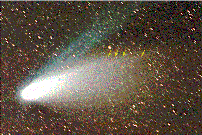
Hale-Bopp continues to offer surprises as astronomers study the comet. Using the Hubble Space Telescope and the International Ultraviolet Explorer, astronomers have found that there are distinctly different
...more
The Hubble Space Telescope (HST) was one of the most important exploration tools of the past two decades, and will continue to serve as a great resource well into the new millennium. The HST is credited
...more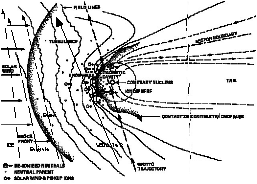
Six spacecraft flew by Halley's comet in 1986. There were two spacecraft launched from Japan, Suisei and Sakigake, and two from the Soviet Union, Vega 1 & 2. One spacecraft, ICE, from the United States
...more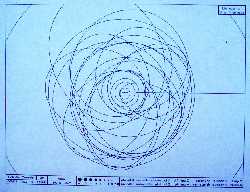
Comets are observed to go around the sun in a long period of time or a short period of time. Thus they are named "long-period" or "short-period" comets. One group of short-period comets, called the Jupiter
...more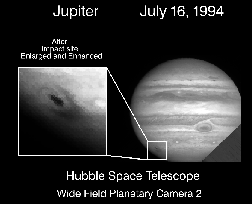
Scientists have learned a great deal from the crash of comet Shoemaker-Levy 9. Scientists traced the orbit of the comet backwards in time to guess its origin. This calculation, along with the discovery
...more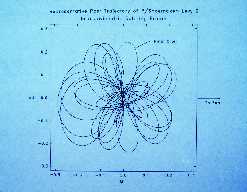
Mathematical theory suggests that comet Shoemaker-Levy 9 was likely a short-period comet which was captured into orbit around Jupiter in 1929 and began to execute the trajectory plotted in this diagram.
...more


